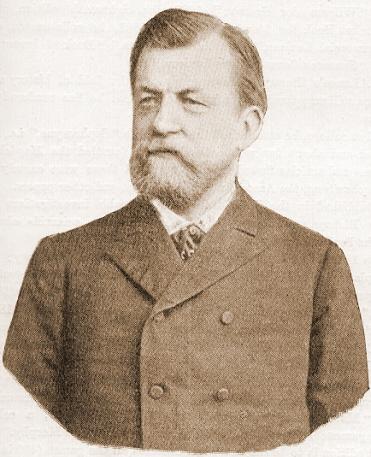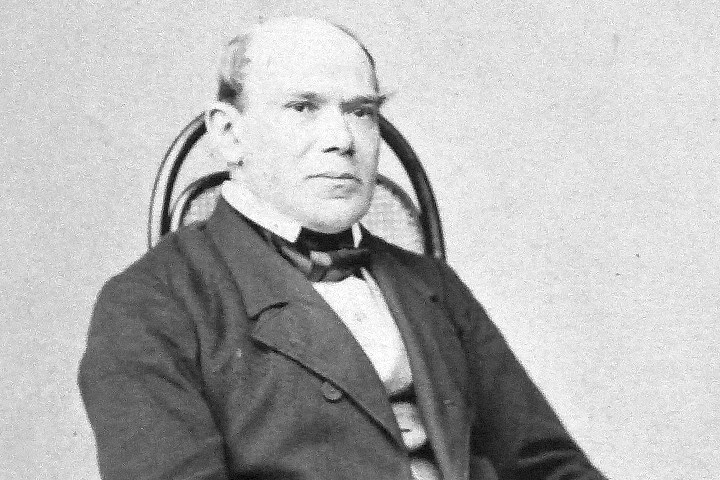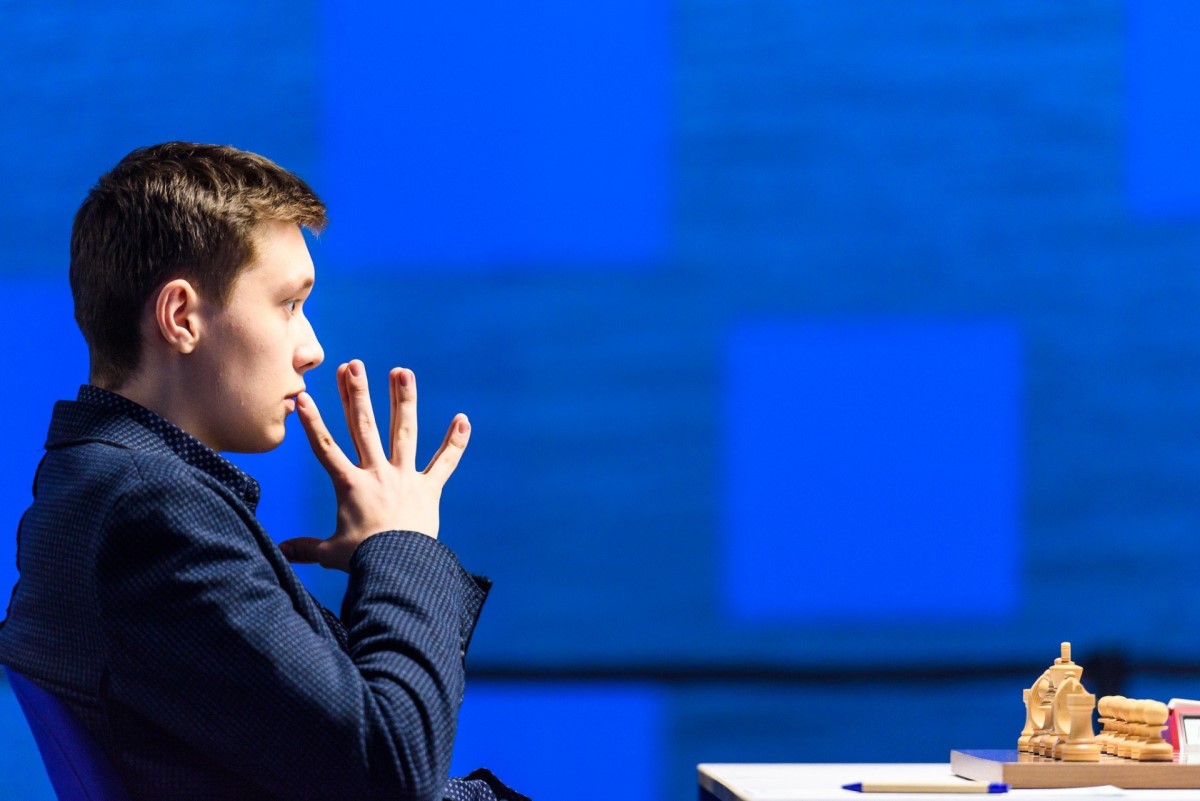


[Note that Jon Speelman also looks at the content of the article in video format, here embedded at the end of the article.]
 In the infancy of modern chess, in the mid-nineteenth century, sacrifice was king, and it was supposedly considered “ungentlemanly” to disdain the tasty bait which the opponent proffered.
In the infancy of modern chess, in the mid-nineteenth century, sacrifice was king, and it was supposedly considered “ungentlemanly” to disdain the tasty bait which the opponent proffered.
Later on, as standards rose, pragmatism asserted itself and sacrifices were judged on their merits: you accepted material when this seemed possible (or if there was no choice), but declined otherwise.
Personally, I err on the side of the latter, taking pieces when sacrifices look ridiculous, but otherwise, as a first reaction, striving to find a way to create my own threats and maybe take the bait later on, on my own terms.
Today we look at three examples of the decision-making process starting with a game from the heyday of sacrifice when, for once, its high priest Adolf Anderssen was hoist by his own petard.
[Pictured: Max Lange (1832-1889)]

Adolf Anderssen | Photo: German Chess Federation
I actually began thinking about famous examples of refusing — or failing to refuse — sacrifices when analysing a recent game from the online European Club Cup, and we’ll look at it next before finishing with a very famous example from the mid-twentieth century.

Andrey Esipenko | Photo: Jurriaan Hoefsmit
One of the most famous examples ever of refusing a sacrifice is this wonderful game from the 1953 Candidates Tournament in Zurich.